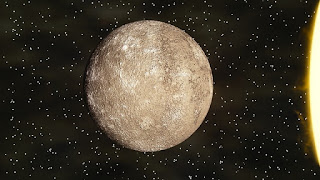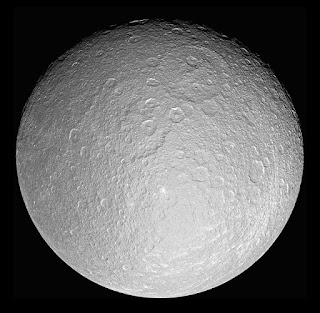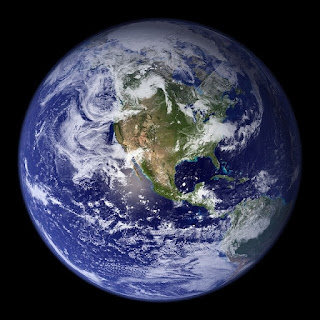The Mercury planet the universe
THE MERCURY PLANET THE UNIVERSE
Now when you think about the physical characteristics of Mercury, I am sure you imagine it Being the closest planet to the sun but also that it is gate Rock floating in space.
THE MERCURY PLANET IMAGE
You would not be to for wrong with that but it is much more interesting than what you may first think. The first thing that notice is that it actually does have a colour. It is not just different shade of grey colour. Aur example, that Mercury consists of approximately 70% metallic and han 30% silicate material. So it's actually more metallic than Rocky.
MERCURY IS ORBITING THE SUN
Because of this Mercury density is the second highest in the solar system at 5.4 2 7
grams per centimetre cube only slightly less than the planet with the greatest density that of earth at 5.5 15 grams per centimetre cube. If Mercury happened to be the same size as Earth, that would mean it would have pretty much the same gravitational pull as its surface.
but being the size that it is its surface gravity is only 3.7 metres per second squared. If you were to compare its gravity to Earth it would look something like this. this means the surface gravity of mercury is only slightly less than what it is on Mars, ad conceding that mass is much bigger planet, that just say something about the density of Mercury. Before we leave the subject of Mercury size, I want to show you one lost compression date of gana made and titan against Mercury. Now gana made is the solar system's biggest moon and also the biggest moons of Jupiter. Why Titan is Saturn biggest moon and the second biggest moon in the solar system. These two moons are bigger than Mercury.
POSITION OF MERCURY PLANET
The mercury's surface is similar to our moon. It shows extensive mare like planes and heavy cratering indicating that it has been geologically inactive for billions of years. The main feature of mercury's surface is the presence of many narrow ridge extending out to several hundred kilometre in length. It is believed that these were formed as mercury's core and mantle cold and contracted over time when the crust had already solid.
So what it like on the surface of Mercury?
Well to start with the surface temperature is usually different all over. It can range from minus 173 degree Celsius and over 400 degree Celsius. It never rises above -93 degrees on the poles do because there is no atmosphere retaining the heat.
This means that there's quite a big difference between the equator and poles, but this variation is also due to its orbit and rotation which will get back to later. the subsolar point about 400 degree while on the dark side of planet the temperatures aur an average minus 163 degree Celsius.
because mercury is too small and hot for its gravity to retain any significant atmosphere over long period of time, it's not able to retain any of the heat it gets from being so close to sun, which is why the dark side of planet is so much colder than the side facing the sun. Mercury, however, does have an exosphere which is like an extremely thin atmosphere like volume surrounding the planet.
Molecule in atmosphere are gravitationally bound to a planet but the density is so low that it cant behave like ok a gas because the molecules don't collide with each other.
NASA has been able to confirm that crsater at the north poles of Mercury contain water ice. the mercury is only about 1.1 % as stronger as Earth's but it's still strong enough to deflect lot of solar winds around the planet.
HD PICTURE OF MERCURY
Mercury has most eccentric orbits of all the planets which its distance from the earth ranging from 46 million kilometre to 70 million kilometres. Mercury takes about 88 Earth days to complete an orbit around the sun. It also has a 3 - 2 spin reasons of the planets rotation around the axis. this means its pins 3 times around its Axis for every 2 that it orbits around the sun. so although it takes about 59 Earth days for Mercury to rotate on its Axis once, which is what we call a sidereal day this 3.2 orbit resonance that if you were actually standing on Mercury, it would appear that one day from sunrise to sunrise, and what is called a solar day is 2 Mercury years.
If you standing on Mercury you would see the sunrise relatively fast and then as it approach midday, it slowed down and even sisters going backwards before continuing on again to sunset.







Comments
Post a Comment